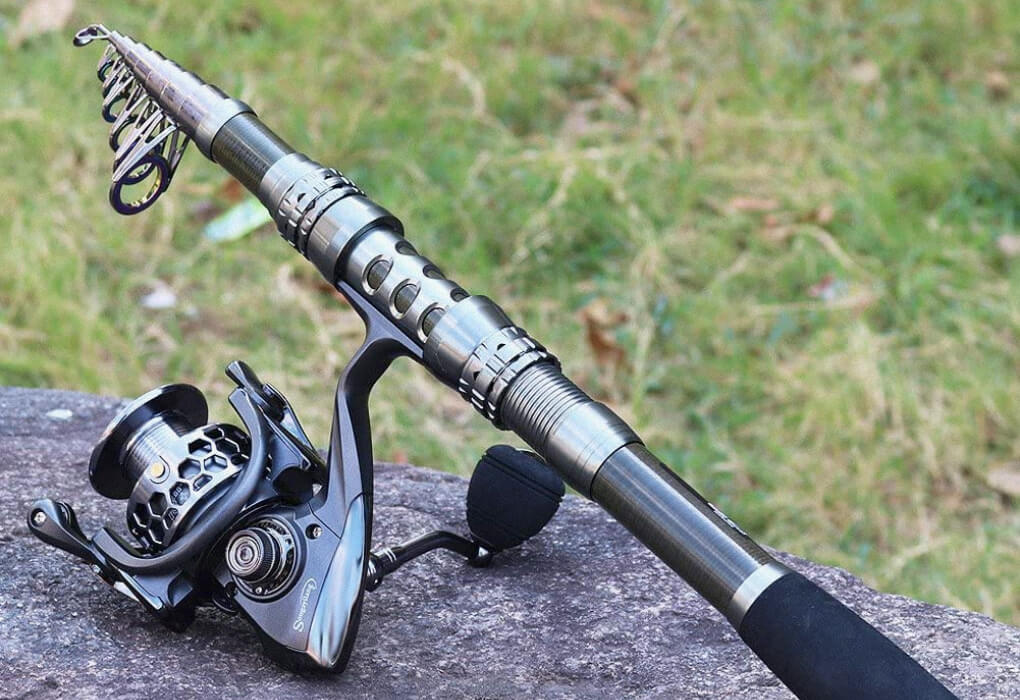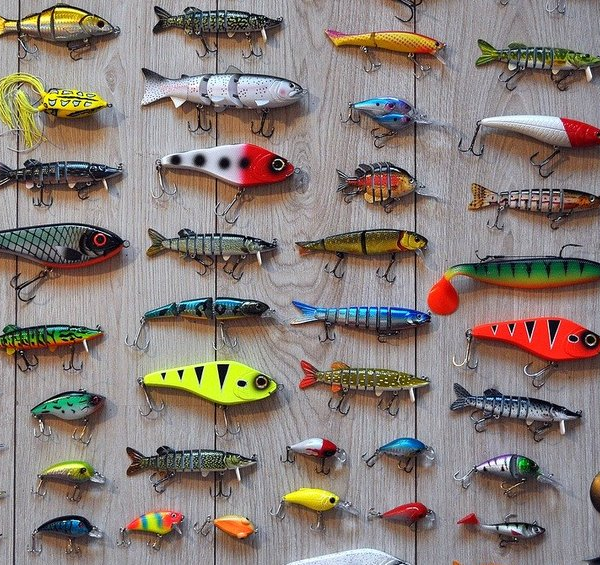If you are considering fishing in remote rivers, coastal hotspots, or international fishing locations, ensuring that your equipment arrives safe is of highest importance given all the trouble involved in travelling fishing rods or driving long distances with them. In an otherwise enjoyable vacation, a broken fishing rod can be quite mood-killing.
This blog intends to equip you with the best procedures for packing, carrying, and safeguarding travelling fishing rods.
Why Proper Packing Matters for Travelling Fishing Rods
Fishing rods are for good action, not necessarily their ability to withstand travel conditions. All the airlines, bumpy roads, and crowded vehicles become possible situations during which unnecessary stress can be exerted onto the poorly packed fishing pole such that the rod can suffer:
- Snapped tips – A defect on the most fragile section of a rod.
- Cracked guides – Due to impacts felt during rough handling.
- Bending, bruising, or warping – Pressure inflicted due to the manner of storage.
Time invested into learning the proper packing methods can ensure that your gear arrives still intact and ready for action at its destination.
How To Pick the Best Case For Travel Rods
The very first step in making any arrangements for protecting your travelling fishing rods is the selection of a strong and trustworthy case. The most common, in order of preference, include:
1. Hard Shell Rod Tubes
- Great for air travel and any rough handling.
- Made out of hard-wearing materials like PVC or aluminium.
- Generally cushioned inside to accommodate shocks.
2. Soft-Sleeve Rod Bags
- Very reliable, very light, and best for short trips.
- Best used in car travel where rods receive less than extreme pressure.
- Some may even have reinforced tips.
3. Multi-Piece Travel Rods
- Designed to break down into smaller sections.
- Easily fit in regular luggage or dedicated rod tubes.
- Best for the frequent travellers.
Step-By-Step Instructions for Packing a Fishing Pole
Step 1: Disassemble Your Rod
- Disassemble multi-piece rods to their smallest sections.
- Removing reels will prevent damages from putting pressure on the guides.
Step 2: Protect the Guides and Tips
- Use either foam or bubble wrap around guides to protect them from bending.
- Protect the tip using end caps or foam tubes.
Step 3: Bundle Rod Sections Together
- Wrap the rod in cloth or a rod sock to prevent scratches.
- Use Velcro straps or rubber bands to hold the aligned sections.
Step 4: Pack Into Travel Case
- Place the bundled rods in a hard case or padded sleeve.
- Ensure that no excessive movement is possible inside the case.
- Foam padding can be inserted at either end to secure rods further.
Air Travel Tips for Fishing Rods
Flying with fishing gear demands extra planning. Below’s how to avoid the most common pitfalls:
Confirm Airline Policies
- Some airlines allow fishing rods to be carried on if within size restrictions.
- Others state that they need to be checked in a protective case.
- Always check the policies before making any reservations.
Label All of Your Gear
- Luggage tags with contact info should be placed upon your equipment.
- Then place a sticker that reads “Fragile” for more motivation to handle it carefully.
Think About Shipping Your Rods
- Depending on the length of the trip, shipping rods with special services might be safer than regular handling by the airline.
- Insure your premium rods in case of loss or damage.
Road Trip Strategies for Transporting Fishing Poles
If you are driving to your chosen fishing destination, herewith are some best practices to follow:
- Use a Roof Rack or Rod Holder – Keeps rods secure and prevents cabin clutter.
- Avoid Direct Sun Exposure – Heat can weaken rod blanks over time.
- Store Rods Horizontally – Prevents bending or warping during transit.
Wrapping Up: Keep Gear Safe While on the Go
Travelling fishing rods doesn’t have to be a difficult affair. By conducting some research, choosing the correct case, packing carefully, and knowing about airline or road trip realities, the fisherman can be sure his equipment has travelled in good condition. Whether your frantic run for bass at a secret lake or casting offshore for some records, protecting the fishing pole appropriately makes all the difference.
Make the plans in advance, pack smart, and worry about the adventure-your rods will be ready when you are.



